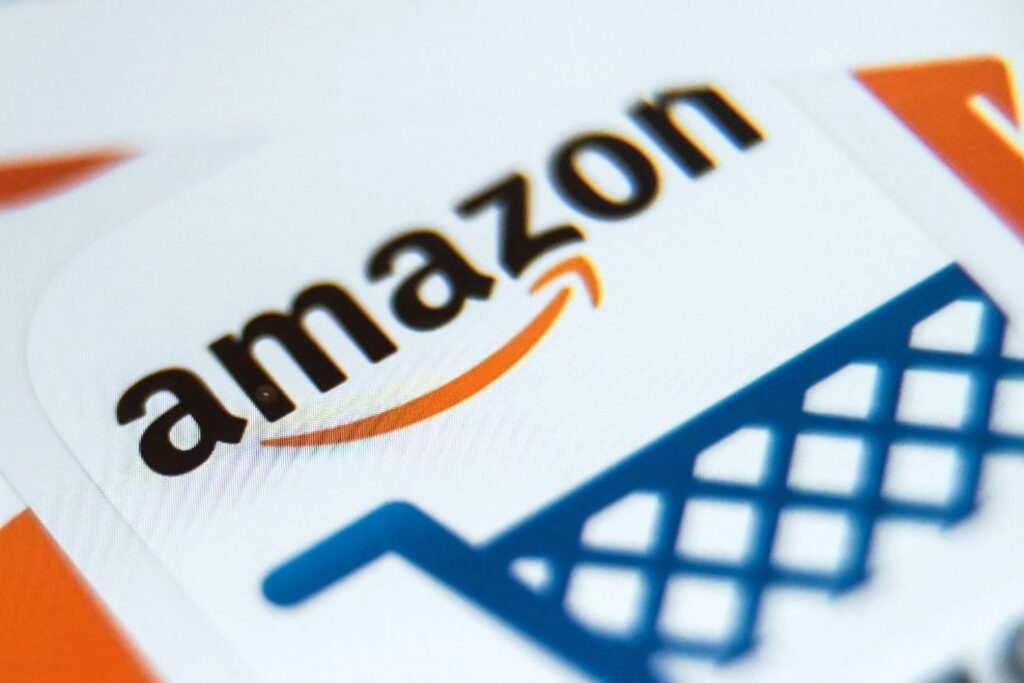Are you on the hunt for a life-changing product, the golden egg, or the optimal addition to your Amazon business? It won’t be handed to you on a silver platter, nor will it magically materialize before your eyes. To unearth these gems, one must analyze current market trends diligently to identify “winning” products with the potential to generate substantial sales. Amazon, akin to an ocean, boasts over 500 million products. It’s advisable to reach your conclusions before delving deeper. Scouring for products demands a significant investment of time; neglecting this step spells doom for your business. You may fall into the category of intermediates who rely on limited observations or those who abide by specific criteria when making decisions. This article offers invaluable insights and guidance on Product Hunting.
What Does Product Hunting on Amazon Involve?
Identifying a phenomenal product represents the initial and pivotal phase in launching an Amazon seller business. Product Hunting entails scrutinizing and tracking prevailing market trends to cherry-pick “winning” items that harbor a substantial likelihood of boosting sales.

The primary objective is to pinpoint a product in one marketplace, price it competitively, and resell it on Amazon with a reasonable profit margin. Consider selling a pair of cozy socks on Amazon for $25. However, compromising on the sock’s quality poses the risk of negative customer feedback, which, in turn, can adversely affect your sales. Consequently, maintaining a successful high-margin online arbitrage sourcing list holds as much weight as receiving stellar feedback.
Why is Product Hunting on Amazon Important?
This foundational phase carries paramount importance due to market saturation. You can’t merely throw a product onto the platform without conducting thorough research. Analyzing trends and adhering to specific criteria related to Amazon’s highest-selling products significantly boosts your odds of success.
Historically, identifying best-selling products on Amazon entailed using spreadsheets to filter suitable products, as sophisticated applications were not readily available. However, today, there exists a plethora of free sales estimator tools that can help determine a product’s sales volume.
How Should You Approach Product Hunting?
Finding a product that can make every new vendor successful is vital. In order to find items, they must do extensive research and analyse accurate data. Discovering these precious things requires experience.
Product Hunting can be carried out manually or via automated tools. Naturally, manual research and data collection are more time-intensive. You can expedite product hunting by utilizing automated tools. The following are renowned Product Hunting tools:
- Google Trends
- Helium 10 Web App
- Jungle Scout Extension
- Helium 10 Extension
- Viral Launch
- Keepa
- Jungle Scout Web App
Here are some of the most effective strategies and techniques for Product Hunting:
Avoid Overusing Product Titles: Exercise caution when assessing a product using these tools. Misuse of terms in product titles can lead to incorrect ratings or opportunity scores. Therefore, prevent rookie mistakes by leveraging primary keywords.
Search for Products with Low Competition and High Demand: Identifying products in high or moderate demand is paramount. This reflects the speed at which products fly off your Amazon shelves. A thorough evaluation of competitor numbers is essential to gauge a product’s suitability. As competition grows, the effort needed to gain visibility escalates. Consequently, targeting products with high sales velocity and fewer sellers is the optimal scenario.
Accumulate Positive Reviews: Social proof primarily manifests through reviews, making accumulating them highly advantageous. Reviews instill confidence and security in consumers. Positive reviews elevate conversion rates, while negative ones can impact sales adversely. Amazon has grown stringent about reviews, so new vendors should steer clear of products with 500 to 5000 reviews, as their markets are competitive and demand substantial financial investment. Seasoned sellers often recommend products with fewer than fifty reviews and three top-ten sellers.
Consider Keyword Search Volume: This factor holds utmost importance when searching for products on Amazon. Sales and marketing experts liken it to monitoring mall traffic – as mall traffic surges, product sales likelihood follows suit. Therefore, you should approach keyword search volume in a similar fashion. Product visibility directly correlates with the number of keyword searches, so products with minimal search volume should be bypassed. Trusted tools provide entirely accurate data, conducting precise market research in search of the finest products for your consumers.
Employ an Appropriate Product Title: When analyzing a product, including primary keywords is essential. Pay extra attention when inputting the product title, especially when using tools like Jungle Scout. Inaccurate terms can result in flawed information and ratings.
Consider Seasonality: Opt for products that do not experience seasonality, which involves strong selling orders during a specific season or year. You can monitor product demand trends by tracking Google Trends. Seasonal products are usually discouraged for novices, as wholesalers or manufacturers primarily handle them.
Ensure Consistent Product Behavior: Variables like Keyword Search, Demand, and Seasonality provide data at a particular moment in time. To gauge a product’s behavior, establish a specific period. This may extend from several weeks to a month, or even longer, depending on the product. Tools like Maintaina can help ascertain your competitors’ longevity. You can also observe selling price patterns over time.
Determine Average Monthly Revenue and Unit Sales: A targeted product niche generates an average annual revenue of $5,000, based on merchant expertise. This helps gauge the dollar value of the total market and offers insights into a particular product’s sales volume. The quantity of units sold determines transaction volume. If the units sold surpass 300, it’s safe to assume that room exists for more sellers.
Adequate Margins: Novices may find it challenging to determine how much of a product to sell and source. Hence, novice vendors are advised to select items priced between $15 and $40. Understanding Amazon’s product procurement equips you to choose more lucrative items.
Margin Required for Enhancement: It’s crucial to assess customer feedback regarding both established and new brands in your product category. Clients often present their demands and specifications in writing to the brands to obtain them. You can provide customers with solutions, contribute value to the market, and innovate a product in this manner.





